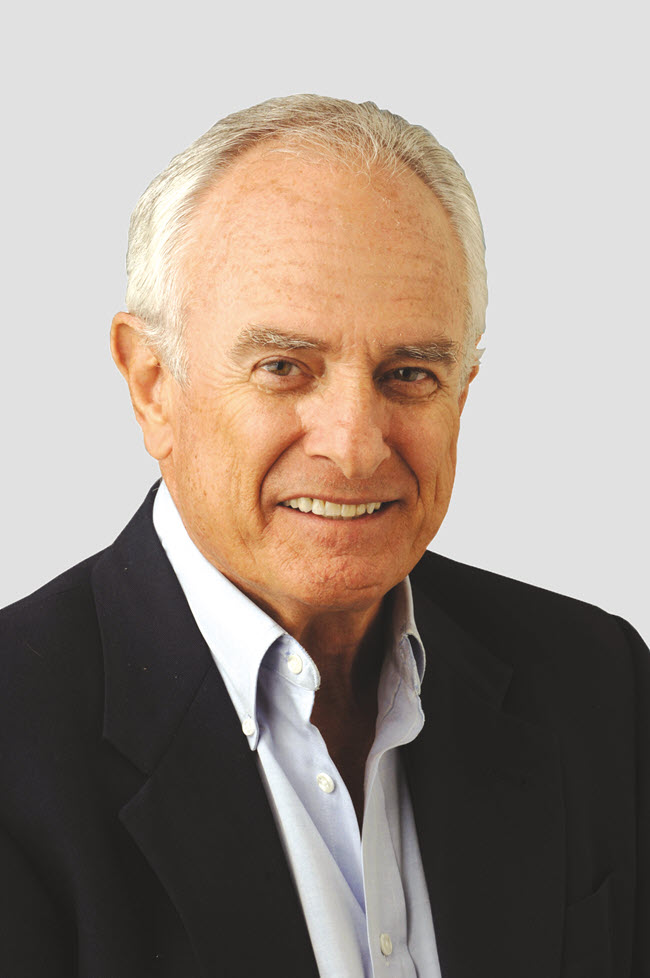
AUGUSTA – Sometimes, eavesdropping has its advantages, and that was the case with the overhearing of a conversation with Colin Montgomerie in the locker room about Nick Faldo’s come-from-behind victory over Greg Norman in the 1996 Masters.
Later in the day, as the Englishman was leaving the grounds, I stopped him and asked him about what he had said, and he confirmed that Faldo actually won the golf tournament on Saturday.
Saturday on the golf tour is known as moving day, the day when those looking for an opportunity to move into contention to win make their move.
Flashing back to 1996, Faldo, the eventual winner, made his move on the par four 17th hole with a birdie. I watched him play the hole and realized he was taking an extraordinary amount of time to make his putt.
He looked at his putt several times—far more than usual. At the time, I was not aware of why the putt was so important to him. It turns out that he knew that if he made birdie on No 17 and parred the 18th, that he would be paired with Norman in the final round. He wanted to go head-to-head with the Aussie who would begin Sunday’s final round with a six-stroke lead. He had good reason for that objective.
All he had to do was recall the third round at St. Andrews in the British Open championship of 1990. He and Norman were paired in the third round, and Faldo put on a shot-making clinic. He shot 67 while Norman shot himself out of the tournament with a 76.
Norman had a history of fourth-round failures, especially at Augusta. Many will remember that when Nicklaus won his fifth green jacket in 1986, Noman’s tee shot was perfect for him to hit his approach into the final green where a two-putt par would have moved him into a tie with the Golden Bear.
His approach went wide right into the crowd. Of course, Norman had reason to feel the gods of fate were against him when in a playoff in 1987, Larry Mize chipped from off the 11th green, the ball running hot from the moment it was struck and hit the pin squarely, snatching victory from the jaws of defeat.
There are other failures in majors for Norman which caused one critic to comment that the 54-hole format for the LIV league is appropriate for Norman, given his own history—he would have won several more majors if he could have stopped after 54 holes.
Most everybody understands why washed-up players like Phil Mickelson want the LIV money. But what do you gain with a fat bank account and turn your back on the tour that made you?
Then you think about how the old American Football League was valued as secondary, but the New York Jets brought about parity with the established National Football League when they defeated the Baltimore Colts in the 1969 Super Bowl.
One suspects that the major golf tournaments, namely the Masters, would like to ban the players who jumped to the rival league, but the legal implications would bring about too great of a risk.
What will be the ultimate result? One thing that is given, the American media is not likely to embrace the LIV tour anytime soon. If players such as Bruce Koepka win majors such as the Masters, that will give the LIV tour much-needed credibility.
However, there are not enough Bruce Koepka’s out there to carry the LIV Tour. The many traditionalists are not in favor of competitors wearing shorts. There seems, from limited observations in this corner, that there is something of a carnival atmosphere with LIV events.
Every time I see some reference to 54 holes, a concept put together by Greg Norman, I think of St. Andrews in 1980 and the Masters in 1996.
The love of money?? You know the rest of the story.
